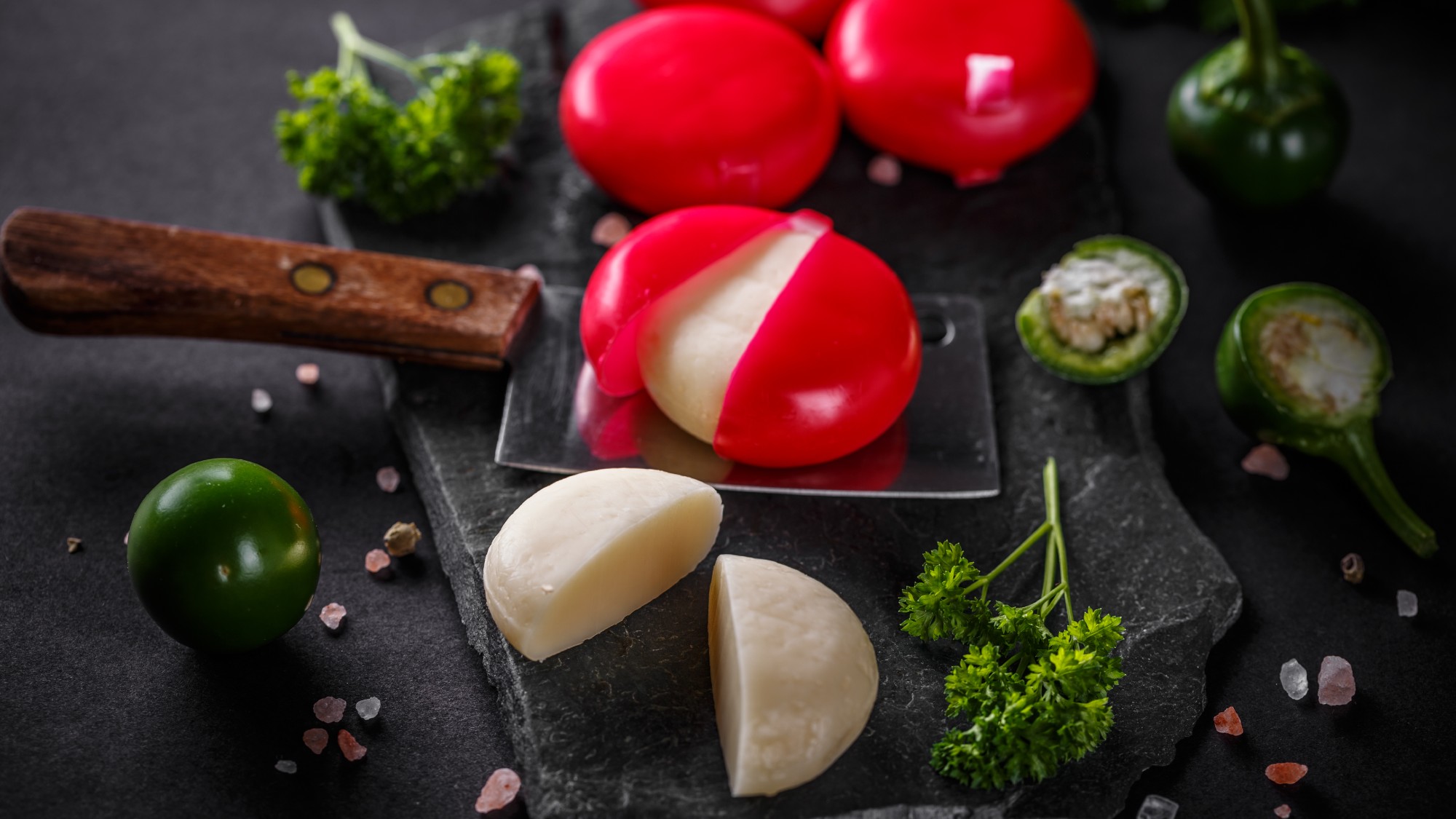Bolivia's quinoa quandary
The grain-like quinoa has been a pillar of the Bolivian diet for generations, but the price is rising out of reach now that it's a hot commodity at Trader Joe's and Whole Foods

Bolivians have known about the nutritional power of quinoa for centuries, but recently the grain-like superfood has caught on with shoppers in wealthier countries, too. That has sent quinoa prices soaring, which spells both very good and very bad news for Bolivians. Here, a brief guide to Bolivia's quinoa quandary:
First things first. What is quinoa exactly?
While it's often thought of as a grain, and eaten as such, quinoa is actually the protein-rich seed of an Andean plant. It is most closely related to vegetables like beets and spinach. The seeds are cooked similarly to rice, and have a "fluffy, creamy, slightly crunchy texture and a somewhat nutty flavor." Quinoa — pronounced "KEEN-wah" or "kee-NO-wah" — is known as the "lost crop" of the Ancient Incas, who relied on it to feed their soldiers. Decades ago, NASA scientists came upon it when looking for an ideal food for long-term human space missions.
The Week
Escape your echo chamber. Get the facts behind the news, plus analysis from multiple perspectives.

Sign up for The Week's Free Newsletters
From our morning news briefing to a weekly Good News Newsletter, get the best of The Week delivered directly to your inbox.
From our morning news briefing to a weekly Good News Newsletter, get the best of The Week delivered directly to your inbox.
And what is happening with Bolivia and quinoa?
For centuries Bolivians lived off quinoa, and it was "little more than a curiosity outside the Andes." But it has recently caught on in wealthier countries as a healthy alternative to grains, becoming a staple at places like Trader Joe's and Whole Foods. With demand soaring, prices have nearly tripled over the past five years. That's great for Bolivian farmers. But it means many Bolivians can no longer afford what has long been a healthy staple of their diet. Quinoa consumption in Bolivia has dropped by 34 percent in five years. "The shift offers a glimpse into the consequences of rising global food prices and changing eating habits in both prosperous and developing nations,' say Simon Romaro and Sara Shahriari in The New York Times.
What are Bolivians eating instead?
They are turning to cheap, processed foods, and less expensive staples such as rice and noodles, which are far less nutritious than quinoa. These trends raise concerns about malnutrition in a poor country where it has long been a problem. Malnutrition has been falling nationally in recent years, but it's on the rise among children in Bolivia's quinoa-growing areas. "The young people don't want [quinoa]," says Paulina Vásquez, a 52-year-old housekeeper and mother of three. "If there is a pot of noodles everyone is there, as if noodles were nutritious. "
A free daily email with the biggest news stories of the day – and the best features from TheWeek.com
Are rising prices the only reason this is happening?
Government officials say that changing food preferences and the increased availability of processed foods are also to blame. "It has to do with food culture, because if you give the kids toasted quinoa flour, they don't want it; they want white bread,” says the vice minister of rural development and agriculture, Víctor Hugo Vásquez.
What is being done to help the situation?
Earlier this month, Bolivia's president, Evo Morales, said he planned to make some $10 million in loans available to quinoa producers, while health officials are including packets of quinoa in supplies sent to pregnant and nursing women. Quinoa will also be served to Bolivian military personnel. It is also increasingly being incorporated into school lunches.
Sources: New York Times, WH Foods, Answers.com
-
 Bengal Tiger at the Baghdad Zoo: ‘funny, profound, must-see theatre’
Bengal Tiger at the Baghdad Zoo: ‘funny, profound, must-see theatre’The Week Recommends Rajiv Joseph’s ‘engrossing’ tragi-comedy about the absurdities of war
-
 Magazine solutions - December 19, 2025
Magazine solutions - December 19, 2025Puzzles and Quizzes Issue - December 19, 2025
-
 How weight-loss jabs are changing the way we eat
How weight-loss jabs are changing the way we eatIn The Spotlight Anti-obesity drugs have been a boon for Babybel but are supermarkets ready for a slimmed-down Christmas?